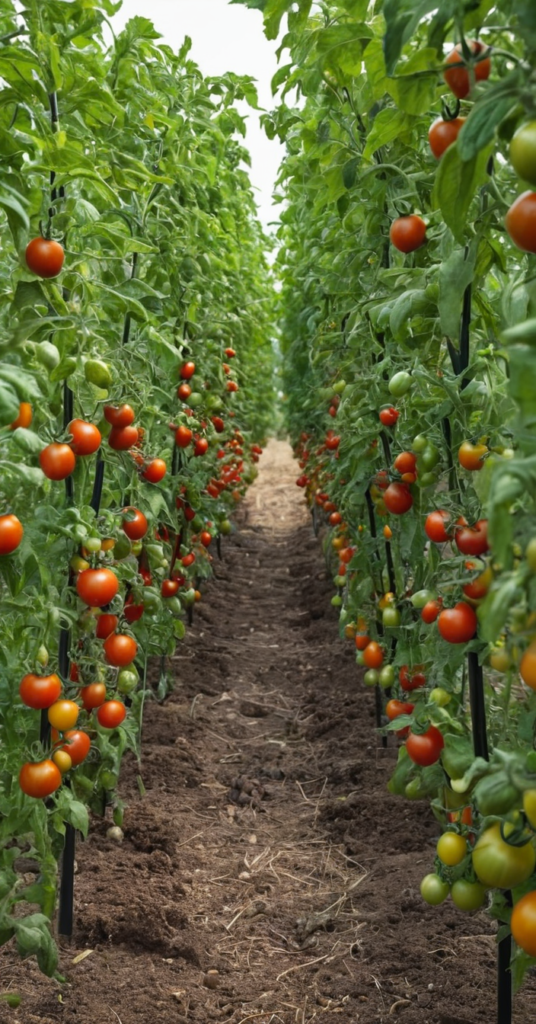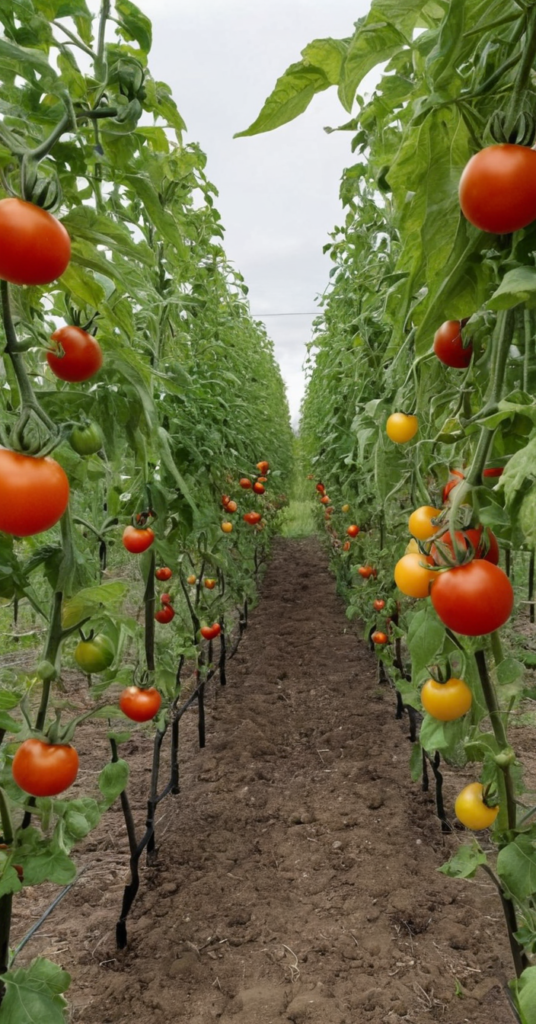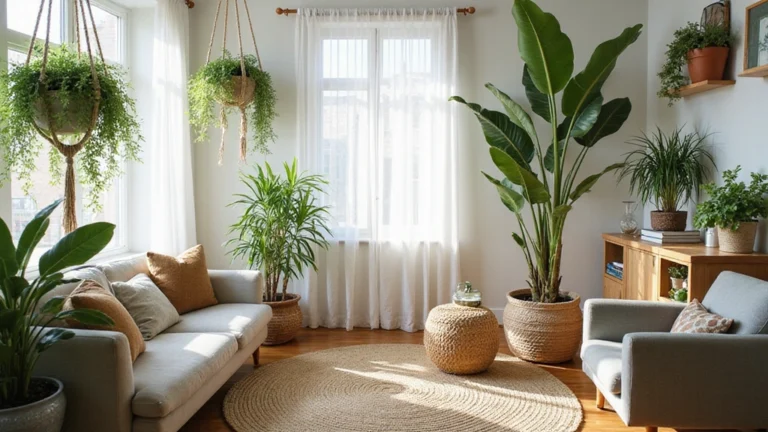15 Pruning Tomato Plants Ideas

Pruning tomato plants is an optional technique that some gardeners use to keep plants tidy, manipulate fruit size, and even speed up ripening.
1. Removing Suckers

Suckers are small shoots that grow in the crotch of the main stem and a leaf.
When left unattended, these small shoots can grow into full-sized branches that require their own support.
Pruning suckers is an essential part of growing tomatoes,
especially indeterminate varieties, as it allows the plant to direct its energy into producing more fruit.
If you’re growing determinate varieties, you can still prune suckers to help increase airflow and reduce the risk of disease.
2. Single Stem Pruning

Single stem pruning is the most common method of pruning tomato plants and is also sometimes called “sucker pruning” because of the way it is done.
The idea behind this method of pruning is to allow the plant to put all of its energy into one main vine.
This results in a stronger, healthier plant that produces more fruit.
3. Top Pruning

Pruning the tops of your tomato plants is a good way to encourage more energy to go into growing the fruit.
Pruning the tops of your plants can be a good idea if you have a limited amount of space for your plants to grow.
If you have a lot of space, or are growing determinate tomato plants, you may not need to top prune.
4. Trim Lower Leaves

Trim lower leaves that start to turn yellow. This is a sign that the leaf is not getting enough sunlight.
These lower leaves are also the most susceptible to soil-borne diseases, so removing them can help prevent disease from spreading to the rest of the plant.
5. Remove Yellowing Leaves

Yellowing leaves are a common problem with many plants, including tomatoes.
There are a few reasons why you might see yellowing leaves on your tomato plants. It could be a sign of overwatering, pests, or disease.
If you notice yellowing leaves on your tomato plants, remove them right away.
It’s important to get rid of the leaves, so the problem doesn’t spread to the rest of the plant.
In most cases, yellowing leaves are a sign that the plant is getting too much water. If this is the case, you may need to adjust your watering schedule.
Make sure your tomato plants are getting enough water, but be careful not to overdo it.
6. Thinning Out Crowded Branches

Crowded branches can lead to the spread of diseases and pests. It also reduces the amount of sunlight that the leaves will get.
To thin out crowded branches, look for branches that are crossing over others, growing too close to the ground, or growing too close to the main stem.
You will want to remove the entire branch in order to thin out the plant.
This will help reduce the risk of disease and pests and also promote better air circulation.
7. Control Size with Pruning

Pruning is an excellent way to control the size of your tomato plants if you don’t have a lot of vertical space in your garden.
For smaller tomato varieties, you can remove the suckers and prune the lower branches to keep the plant small.
For larger tomato varieties, you can remove the suckers and prune the lower branches to control the size of the plant.
You can also top the plant by removing the top of the main stem,
which will encourage the plant to put its energy into ripening the fruit instead of growing taller.
If you’re growing a determinate variety, you can also prune the top of the plant to control its size.
Be sure to prune your tomato plants consistently throughout the growing season to keep them at the desired size.
8. Remove Non-Fruit Bearing Branches

Suckers are not the only branches you should remove. If you notice a branch that is not producing any fruit, you can remove it.
This will allow the plant to put more energy into the fruit-bearing branches.
It’s a good idea to remove any branches that are growing near the bottom of the plant.
This will help prevent the leaves from touching the ground, which can lead to disease.
9. Prune for Airflow

Good airflow is crucial for a healthy garden. It helps prevent diseases and pests, and it’s also important for pollination.
In addition to pruning your tomato plants, you can also thin them out to improve airflow.
This is especially important if you’re growing determinate tomato plants, which tend to be more bushy and dense than indeterminate varieties.
To thin your tomato plants, simply use your pruning shears to remove some of the lower branches.
This will help improve airflow around the base of the plant, which can help prevent diseases like early blight.
10. Shaping the Plant
Pruning your plants will help you shape them. This can be especially useful if you’re growing in a small space like a container or a raised bed.
Your plants will grow taller and produce more foliage if left to their own devices.
However, if you have a short stake or cage, you can use pruning to help your plant grow in the shape you want.
To shape your plant, focus on cutting back the foliage at the top of the plant. This will help you encourage the plant to grow outwards instead of upwards.
11. Pruning for Ripening

If you have a lot of tomatoes that are green or have stopped growing, you can prune the plant to help the remaining tomatoes ripen.
Since the plant will be focusing on fewer tomatoes, you should have a higher success rate with ripening.
12. Trimming Excess Growth

If you notice that your tomato plants are growing too quickly, you can trim them to help slow the growth down and promote more fruit production.
Just like with the suckers, you want to trim the new growth to about ¼ inch from the main stem.
This will help the plants focus on producing fruit instead of growing more foliage.
Trimming excess growth is a great way to help your plants focus their energy on producing a bountiful harvest.
13. Prune for Pest Control

Tomatoes are susceptible to a variety of pests, and pruning can help you keep these pests at bay.
By removing the bottom leaves and suckers, you can create better air circulation around the plant.
This can help reduce the risk of fungal diseases, which are more likely to occur in warm, humid conditions.
Pruning can also help you spot and remove pests more easily.
If you see signs of pest damage, such as holes in the leaves or fruit, you can prune away the affected areas to help stop the spread of the infestation.
14. Disease Prevention Through Pruning
Pruning your tomato plants can help prevent disease and pest problems.
Removing dead and diseased leaves prevents the spread of disease.
Pruning also improves air circulation, which can help prevent fungal diseases like early blight and powdery mildew.
Prune your tomato plants regularly to keep them healthy and disease-free.
15. Pruning After Harvest
After the last harvest, you can prune your tomato plants to get them ready for the off season.
Cut the main stem just above the last fruit cluster and remove any remaining fruit, flowers, or leaves from the plant.
This will signal to the plant that it’s time to stop producing fruit and start preparing for dormancy.
If you live in a climate with mild winters, you can simply prune your tomato plants and leave them in the ground.
If you live in an area with harsh winters, you can dig up the plants and bring them indoors to overwinter.
Conclusion
Pruning tomato plants is an excellent way to ensure that your plants grow strong and healthy. It also enables you to produce much better quality and more abundant tomatoes.






